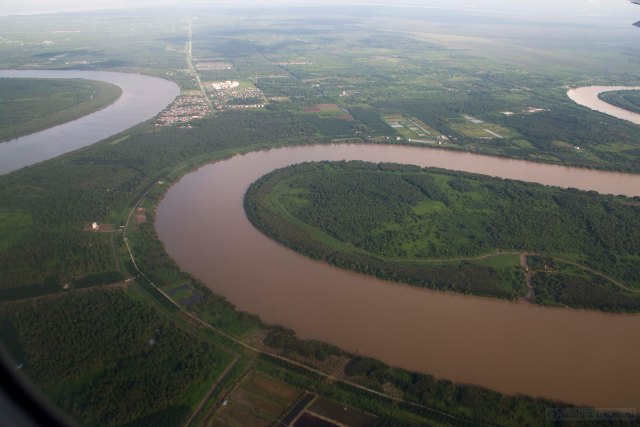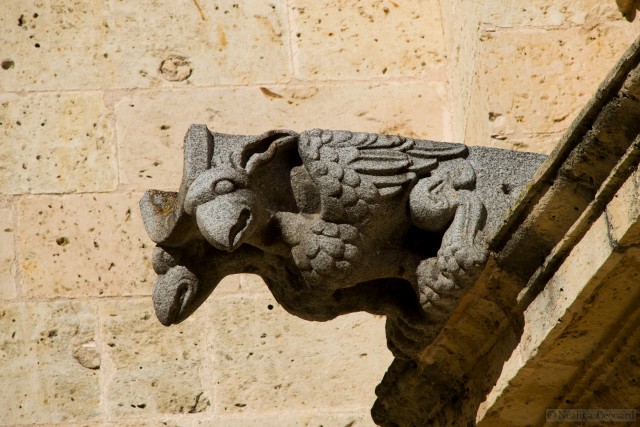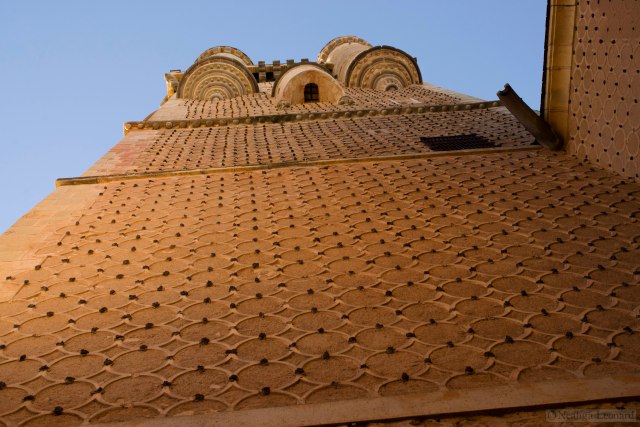I am nearly at my final destination. The little town of Sukadana in West Kalimantan (Indonesian Borneo) is only two more hops away, either a flight or bus ride, followed by a speedboat ride down the west coast of Borneo, a ride that passes through mangrove swamps and over muddy sea water.
At the moment I am in the city of Kuching (Cat City), in Sarawak, Malaysia. The Indonesian border is to the south and east, not far way, hidden by mountains and clouds. The province takes its name from the slow moving Sarawak river that runs through Kuching. As you might imagine, this part of the world is heavily boat centered.
The trip from Madrid to Kuching was an extension of the now ludicrous collection of hiccups, trials, and frustrations that have ridden on my coat-tails ever since I was nearly prevented from boarding the plane from Los Angeles to Madrid. Fortunately, these obstructions have only added spice to an unexpectedly fantastic voyage so far, full of delightful surprises, wonderful people, excellent food, and meat for a rich assortment of unbelievable stories.
I took Qatar Airways from Madrid, paying more in baggage fees than for my ticket (moving over-seas has even more unexpected expenses than regular moves do), caught the sunset from 35,000 feet over North Africa, a glowing pink/purple-amber layer of clouds that swiftly fell into gray, then black, and changed planes in the Doha airport. The flight path dodged and jinked in order to stay out of, let’s say “difficult”, airspace.
From Doha to Kuala Limpur, through immigration, then on Malaysian Air to Kuching.
One of my first views of Malaysia was of the vast oil palm plantations surrounding the Kuala Limpur airport.
The world appetite for palm oil is vast and ever growing. China and India use it for cooking, the US and Europe use it in shampoos, hand lotions, and face creams. All over the world is is added to foods, often called “coconut oil”, an act of creative labeling.
Enormous regions of diverse tropical forests are logged, razed to the ground, and replanted in monoculture stands of oil palms, stands that reach to the horizon in many areas. As one might imagine, the once great biodiversity of these areas drops precipitously.
Processing oil from the oil palms is labor intensive, requiring machinery that locals cannot afford and the process is only effective at a large scale. Thus, any money that is made from the oil palm industry remains in the hands of the investors and wealthy, with a miniscule portion of it dripping down to the people whose homes and land have been taken and transformed.
This is one of the great conservation concerns for the well being of both the people and biodiversity of South East Asia.
The plane lifted swiftly from Kuala Limpur, hiding the oil palm plantations under a dense layer of clouds that thinned once over the waters of the South China Sea. Several hours later I had my first sight of Borneo, my new home.
Just near the small mountain of Santubong, lies a town, not unlike the town that will be my new home.
I avidly peered out the window of the plane, in that awkward combination of a hunch and twist that you are forced into to see out of the tiny, smudged plane windows.
The rivers fascinated me. This part of the world receives an astounding amount of rain and even short rivers are wide with tremendous volumes of flow. Enormous amounts of sediment are carried by the waters, turning the sea around much of Borneo the color of hot chocolate. Some of the rivers originate in the flat areas and are nearly back from tannins released by decomposing vegetation. Each of these rivers leaves a swirling mark where it enters the ocean, and all twist and meander on their way to the sea.
Kuching is the capital of Sarawak, the southernmost province of Malaysian Borneo. It is a low, wet city with rainfall approaching 4.5 meters a year (depending on what source you read). This makes it one of the wettest cities on the planet, this morning and last night the thunder was frequent, shaking the buildings, and the rain violent in its path to the ground.
The riverfront has a nice park with shade trees and wide walk-ways. The humidity and heat lends itself to a rich collection of plants, of which ferns are well represented. Most of the river-front trees have climbing ferns creeping up them, some trees are completely covered by them.
Ornamental stands of Lipstick Palm (Cyrtostachys renda) add color to the walkways.
Bronze river dragons guard the banks of the Sarawak.
And Chinese temples have their own collection of guardians as well.
The internet connection at my hotel is growing erratic, so I will pause here and continue with another entry later.
I will be in Kuching for several more days, then, if all goes well and there are no other complications, on to Indonesia for both work and language school.






















